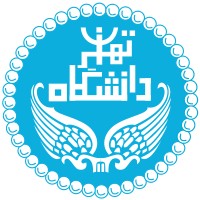University of Tehran
16 Azar Street, Enghlab Avenue, Tehran, Tehran, IR, 1417466191
Last Update: 2025-11-26
University of Tehran, an iconic institution of higher education in Iran, traces its origins back seven centuries to its foundation as a houza (traditional religious school). Over time, it evolved from this religious structure into a modern academic institution. About a century ago, the Dar-ol-Fonoon College became the first engineering school in its modern form, marking a significant step in Iran's higher education landscape. The University of Tehran, as it is known today, was officially inaugurated in the winter of 1934. Currently, the University of Tehran offers 976 programs across 500 fields within 39 faculties and 120 departments located on campuses in Tehran, Qom, Karaj, Kish, and Jolfa. The university is supported by a distinguished faculty of over 2,000 tenured members. Approximately 15% of Iran’s Centers of Excellence, as recognized by the Ministry of Science, Research, and Technology, are affiliated with the University of Tehran. UT’s dedication to research is reflected in its more than 40 research centers, 3,500 laboratories, and its leading press, which publishes over 50 peer-reviewed scientific journals. For more details on the University of Tehran’s colleges and faculties, please visit: https://ut.ac.ir/en/page/9786/colleges-faculties-international-campuses
NAICS: 6113
NAICS Definition: Colleges, Universities, and Professional Schools
Employees: 12,941
Subsidiaries: 3







